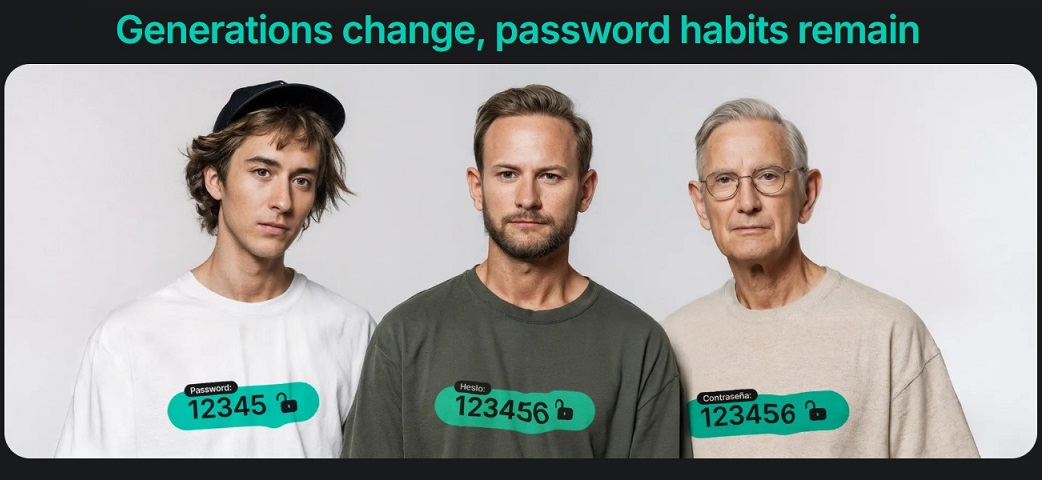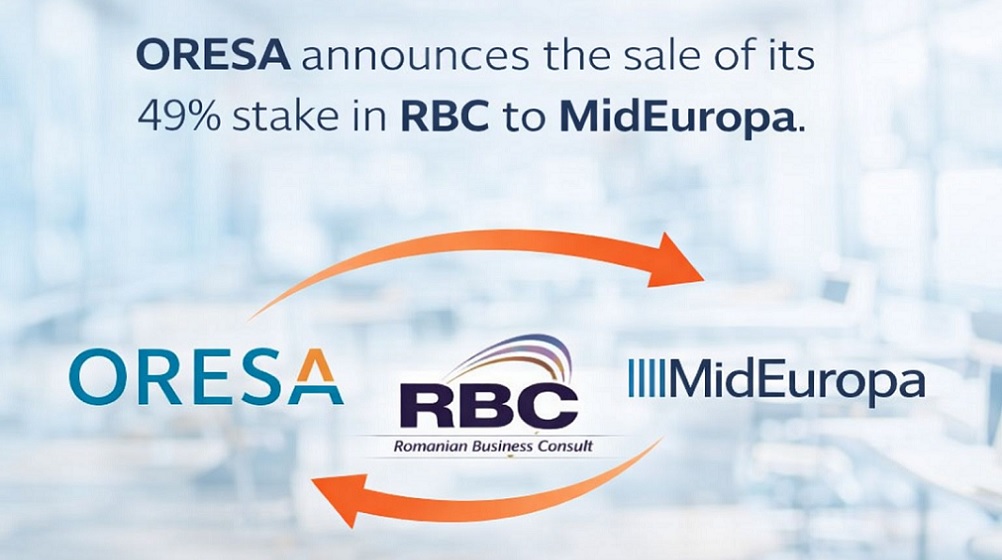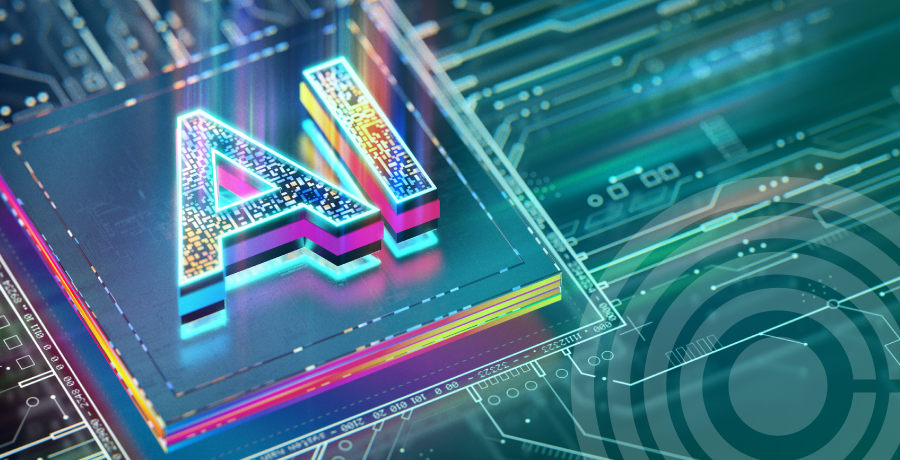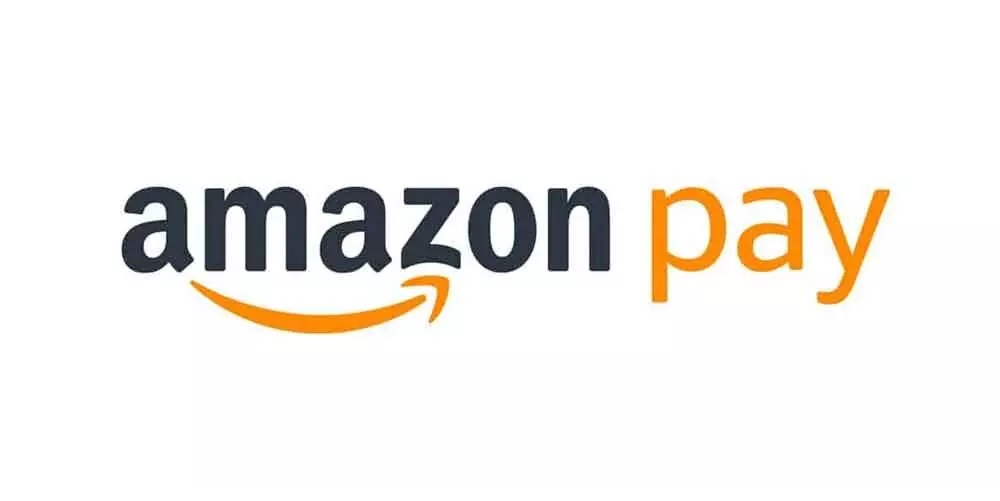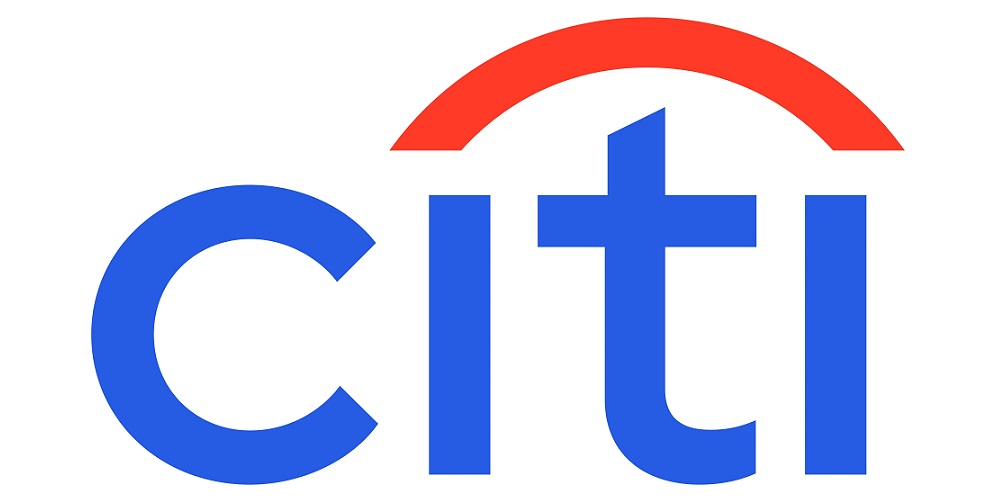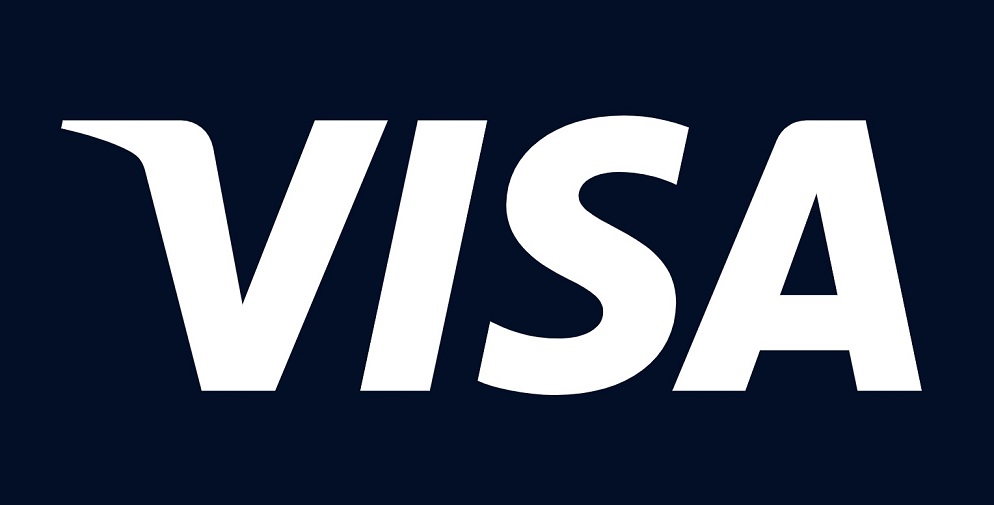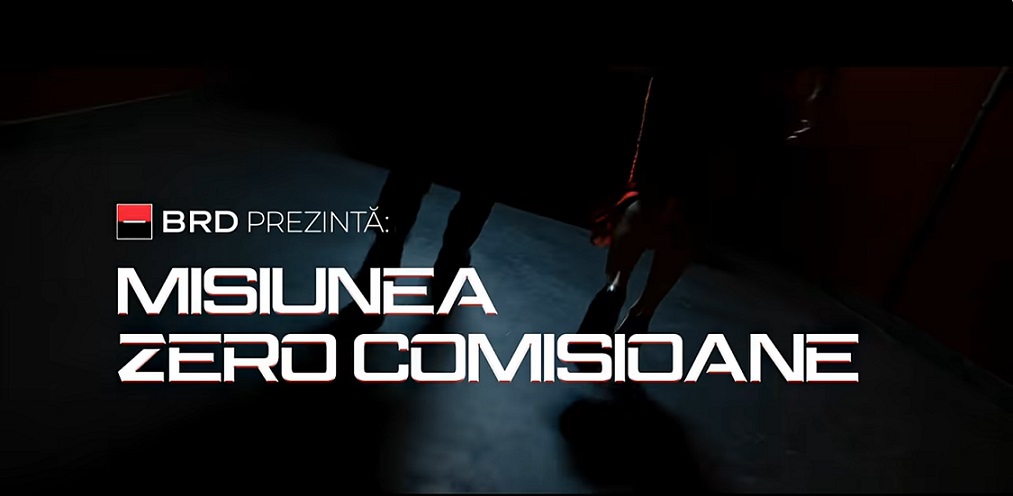Robotic process automation – UiPath, company founded in 2005 in Bucharest, has an evaluation of over $1 billion
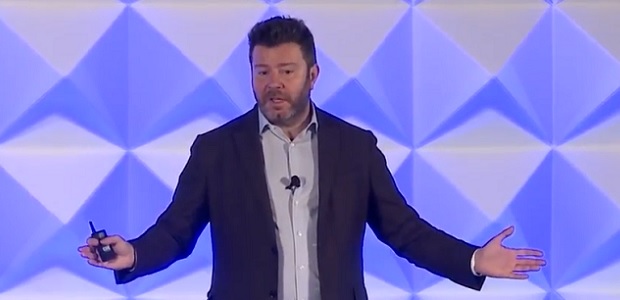
TechCrunch has learned that UiPath, a startup that builds ‘software robots’ for enterprises to help automate legacy and back-office functions, has raised a Series B round of funding that sources tell us is around $120 million — a round that will catapult it to a valuation of over $1 billion, according to techcrunch.com.
“Catapult” is the operative word here: the company last raised money in April 2017, a $30 million round that valued UiPath, founded in Bucharest, Romania but now headquartered in New York, at around only $109 million, according to data from PitchBook. In other words, this latest funding increases its valuation nearly tenfold.
“I’ve never seen an enterprise company grow this fast,” one source close to the company said to us, when we asked how its valuation jumped so high, so quickly.
Robotic process automation (RPA) as a market is on something of a growth tear at the moment. Grand View Research forecasts that RPA services will be a $8.75 billion market annually by 2024, while Forrester projects revenues of $2.9 billion by 2021. As of the end of 2017, UiPath’s revenues were on a rate of 500 percent growth annually and from what we understand it’s growing even faster now.
UiPath, and other companies working in the area of RPA, are filling a gap in the market for large enterprises: while the general trend for businesses is to upgrade their legacy systems with new technology in the longer term, in the short term, many of them are looking for ways of making their existing systems — and staff — more efficient.
UiPath uses AI tools like computer vision, machine learning and natural language processing to automate some of the more mundane tasks around administrative systems and processing “paperwork” such as filling out insurance claims, processing invoices, and most recently, running customer contact center operations.
The idea is that using UiPath’s bots creates more time for a company’s human workers to focus on using skills that the AI systems can’t (yet?) handle, for example applying advanced judgement skills to help assess the content of an invoice, or the needs of a customer contacting the business.
“In the area of finance, for example, a lot of teams spend time creating reports but don’t require them using as much of their judgment skills, leaving the human employees with little time for the analysing part of their jobs,” Accel partner Luciana Lixandru told us at the time of UiPath’s previous funding round. “A software robot that understands what is happening on the screen using computer vision and performs the task as a human would do it becomes a useful tool.”
UiPath has fit neatly so far into the fabric of enterprise IT systems and services.
In November last year the company said that it counted over 300 large enterprises as customers — customers we’re written about before include Lufthansa, Generali, Telenor and Dong Energy — and from what we understand that number now is around double that, with customers not just in the financial sector, but also healthcare, telecom, public sector, and more.
The startup also partners with the wide array of integrators and software providers that these enterprises are already using to help build and run their IT systems, including the likes of Oracle, Accenture, Capgemini, Symphony Ventures and many others.
Daniel Dines (photo), UiPath CEO and co-founder declared: „(…) we have demonstrated tremendous scale operating over 10,000 robots successfully in a single environment. We continue to emphasize security, control and governance throughout, and have introduced new frameworks and solutions to speed up automation. We are working to help our customers become more sophisticated through the incorporation of industry-specific machine learning models and AI algorithms into their digital business operations.”
„We already have 500 enterprise customers. By the end of 2018, we will reach 1500 enterprise customers.” Daniel Dines said.
Pamela J. Wolfe, chief, enterprise services division, NASA Shared Services Center stated: „The NASA Shared Services Center (NSSC) has recently deployed UiPath into production. The UiPath platform has met NASA security requirements, worked well during implementation, and both technical and administrative support has been outstanding. This is the first step in offering RPA services to NASA centers, we plan to increase them over the next months.
The technical story of UiPath told by the founder, Daniel Dines:
About UiPath
The UiPath journey began in 2005, with a graphical user interface (GUI) automation library, basically a screen scraping software developer kit (SDK) for user interface (UI) automation, and a team of 10 people. They built a tool that allowed a user to double-click on any word on a screen and get access to a definition, like a pop-up or a search query in Google.
From 2005 to 2011, the software library that we built was tested and used on tens of millions of computers by customers like IBM, Microsoft or Siemens.
In 2012, we saw the opportunity in developing a more business-friendly product, and by the following year, we effectively entered the RPA market. We launched the first UiPath Desktop Automation product line based on the Windows Workflow Foundation, which was perfect for process automation as it made our solution fluid and easy to work with. In 2013, we had our first major RPA implementation when a global BPO used our solution to automate over 50 processes for one of their largest IT customers.
The year 2015 represented a huge landmark for us: it’s when our product truly became enterprise-grade. By 2016, UiPath had 100 employees and more than 100 enterprise customers. One year later, in 2017, those numbers skyrocketed. We opened 10 global offices, our customer base grew to approximately 500 brands, and our team now had more than 500 people.
For more details follow the link: The Technical Journey of UiPath
Dariusz Mazurkiewicz – CEO at BLIK Polish Payment Standard
Banking 4.0 – „how was the experience for you”
„To be honest I think that Sinaia, your conference, is much better then Davos.”
Many more interesting quotes in the video below:
